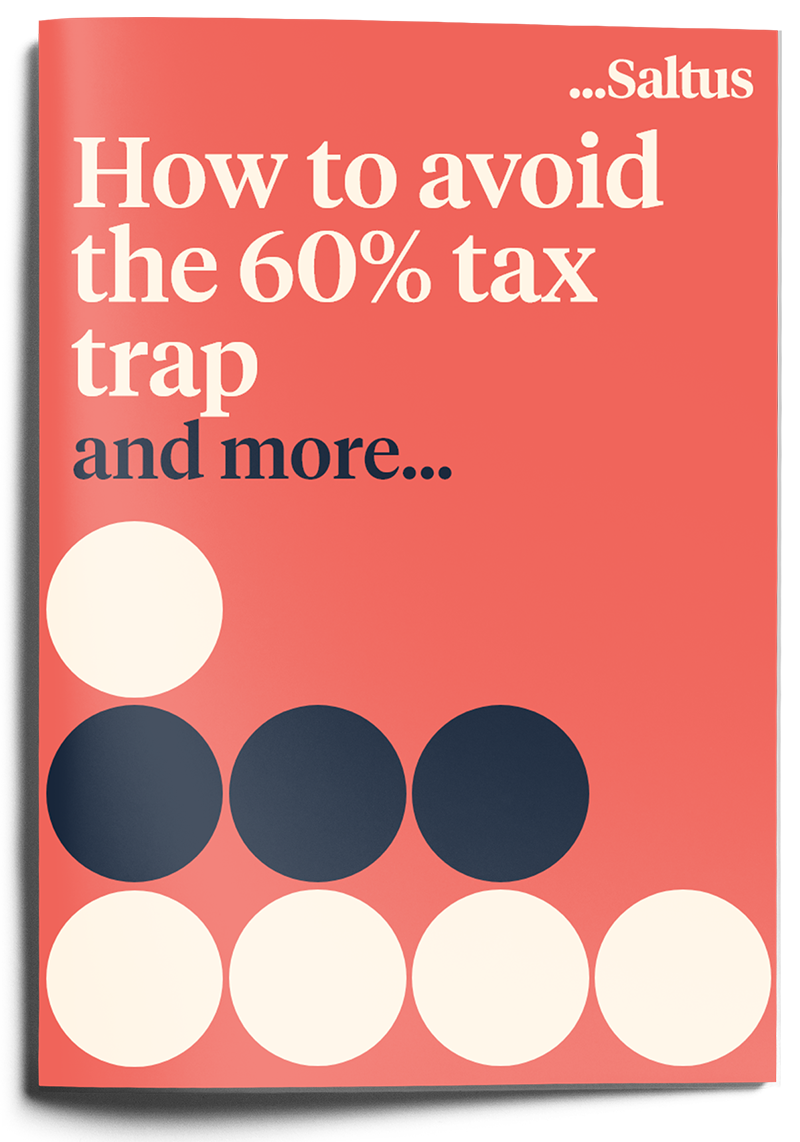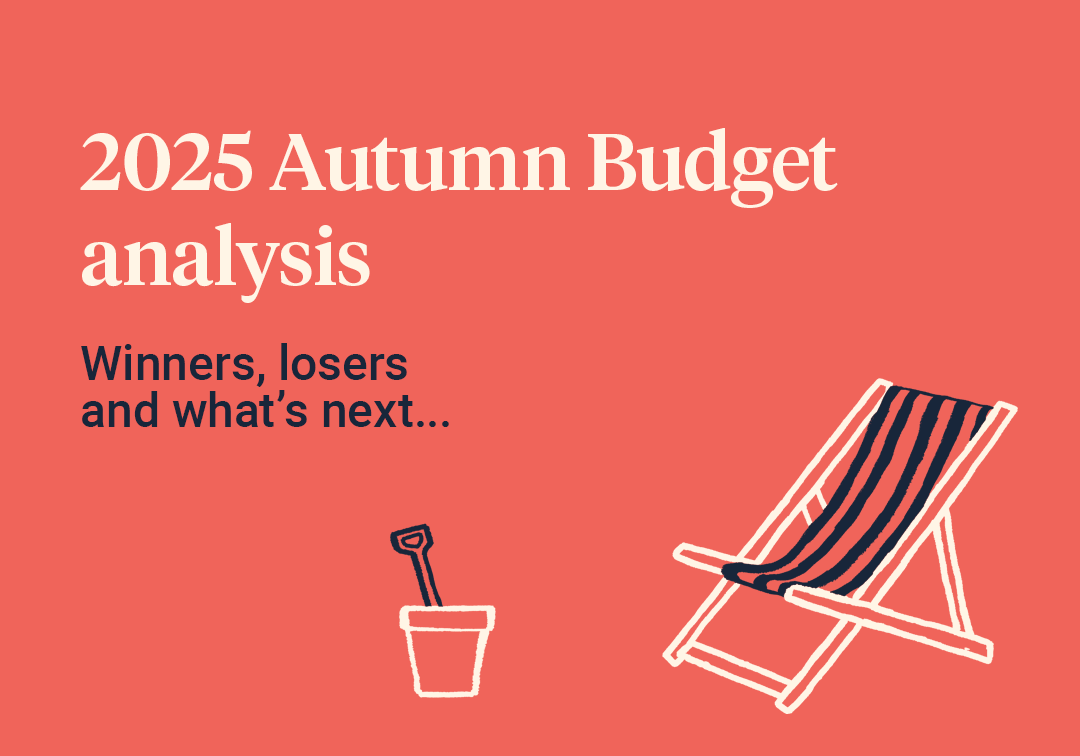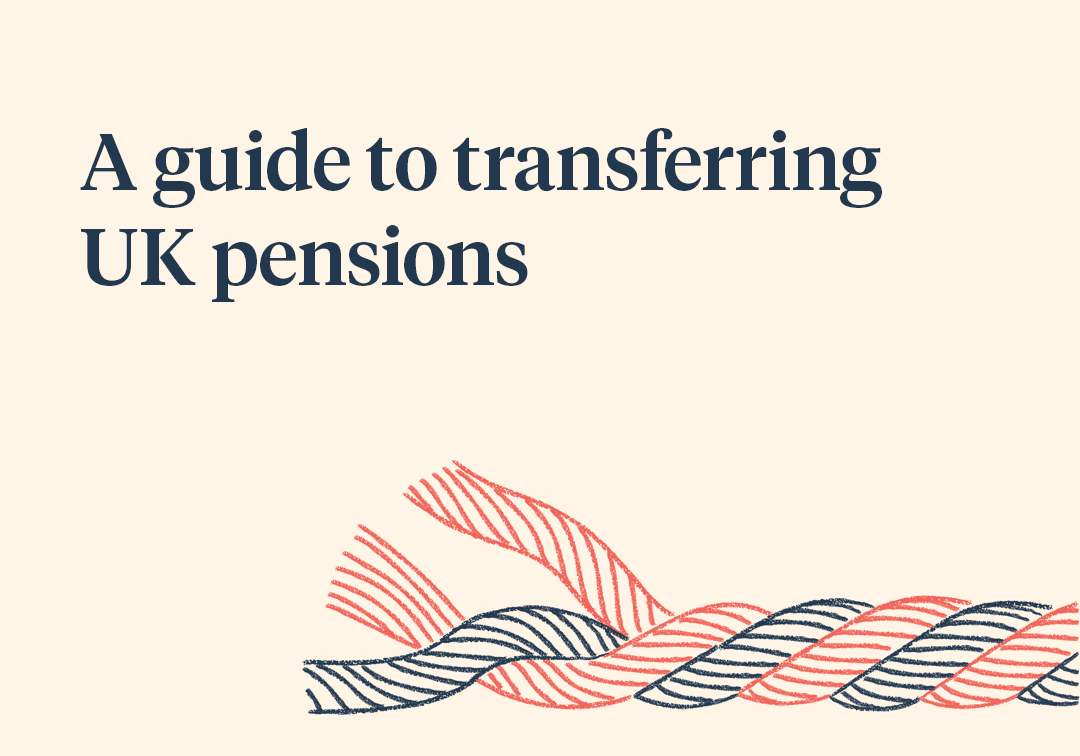The Lifetime Allowance (LTA) at face value could be considered a rather straightforward aspect of financial planning. It is simply the combined amount of money an individual can hold within all of their pensions before they incur an LTA tax charge. If only it was that simple though…
To start exploring how best to manage the LTA, we first need to understand how you might have got there. The current Lifetime Allowance is £1,073,100. However, that doesn’t provide for a ‘catchy’ title, so we are approaching the planning in the context of those with £1,000,000 or more in their pension pot.
We have covered off the effects of the LTA in previous articles but to recap:
- Anything over the LTA taken as a lump sum attracts a 55% LTA charge
- Regular income taken over the LTA attracts a 25% LTA charge, but you pay tax at your marginal rate when you receive it (don’t be a higher or additional rate taxpayer in retirement basically!)
- There is a final test at age 75 where only the 25% charge applies.
Understanding how the charge occurs can open up many more options for your approach to planning.





